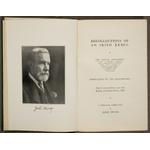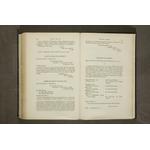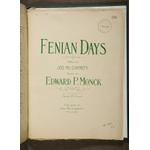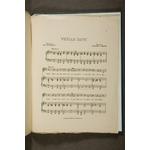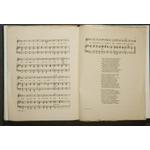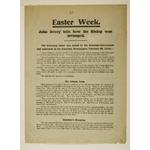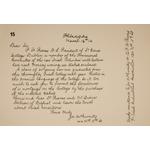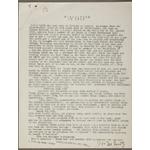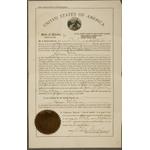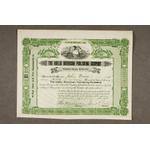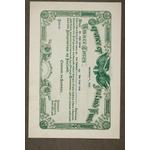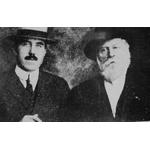Those that set the stage
John Devoy, Joseph McGarrity and Clan na Gael
Clan na Gael directly contributed to the Rising by providing American funding and arms for the Irish Volunteers. John Devoy (1842-1928) was born into a family living in a cottage on half an acre at Kill, Co. Kildare. The family moved to Dublin where he was educated by the Christian Brothers at O’Connell’s Schools on North Richmond Street, at Marlborough Street model school, and at Strand Street model school, where he became a paid monitor for a couple of years before finding more remunerative employment as a clerk.
Devoy came into contact with political activists while learning Irish at evening classes, eventually being sworn into the secret society known as the Fenians in 1861. After a year with the French Foreign Legion in Algeria, he settled in Naas, Co. Kildare, where he worked as a Fenian organiser. The Fenian leader, James Stephens, next entrusted him with the recruitment of Irishmen in British regiments.
He was eventually arrested in February 1866 and sentenced to fifteen years penal servitude; he was released in 1871, having served four years in various British prisons. On his release he emigrated to the United States. Around 1873 Devoy joined Clan na Gael (founded in 1867) which under his leadership became the premier Irish-American nationalist organisation. One of his most spectacular coups was the daring rescue of six Fenians from penal servitude in Fremantle, Australia in 1876 by means of the whaler Catalpa.
He engineered an agreement with the other major Irish separatist organisation, the Irish Republican Brotherhood, creating a joint revolutionary directory. Under his leadership, Clan na Gael contributed significant financial support to the Land League in the period 1879-81. It also supported Parnell’s Irish Parliamentary Party, but considered Home Rule an inadequate settlement and only of use as a stepping stone to complete independence. Devoy worked mainly as a journalist in New York.
In 1903 he established and edited a successful paper, the Gaelic American, with Tom Clarke as assistant editor for a period. Under the leadership of Devoy, Clan na Gael supported many of the Irish nationalist projects of the late nineteenth and early twentieth centuries, including the Gaelic Athletic Association, the Gaelic League, Arthur Griffith’s United Irishman, and the Irish Volunteers. Regarding the Irish Volunteers as potentially an army of insurrection, the Clan supported the organisation with funding and consignments of arms; it is believed to have contributed $100,000 towards the Rising between 1913 and 1916.
The Clan also worked hard to promote anti-British feeling and so prevent the entry of the United States into the war on the side of Britain. In 1914, Devoy took a leading role in promoting a lecture tour of the United States by Patrick Pearse to save Saint Enda’s School from closure. That same year he hosted Roger Casement, later funding his mission to Germany to procure arms and to recruit Irish prisoners of war for service in the proposed insurrection. He was also involved in exploiting the funeral in Dublin (1 August 1915) of the veteran Fenian, Jeremiah O’Donovan ‘Rossa’, who died in New York, as an occasion for the outpouring of extremist national sentiment.
Devoy was kept abreast of plans for the 1916 Rising, being in the confidence particularly of Clarke, Pearse and Joseph Plunkett. Although then in his seventies, he wanted to take part, being thwarted only by his failure to get the necessary travel papers in time.




